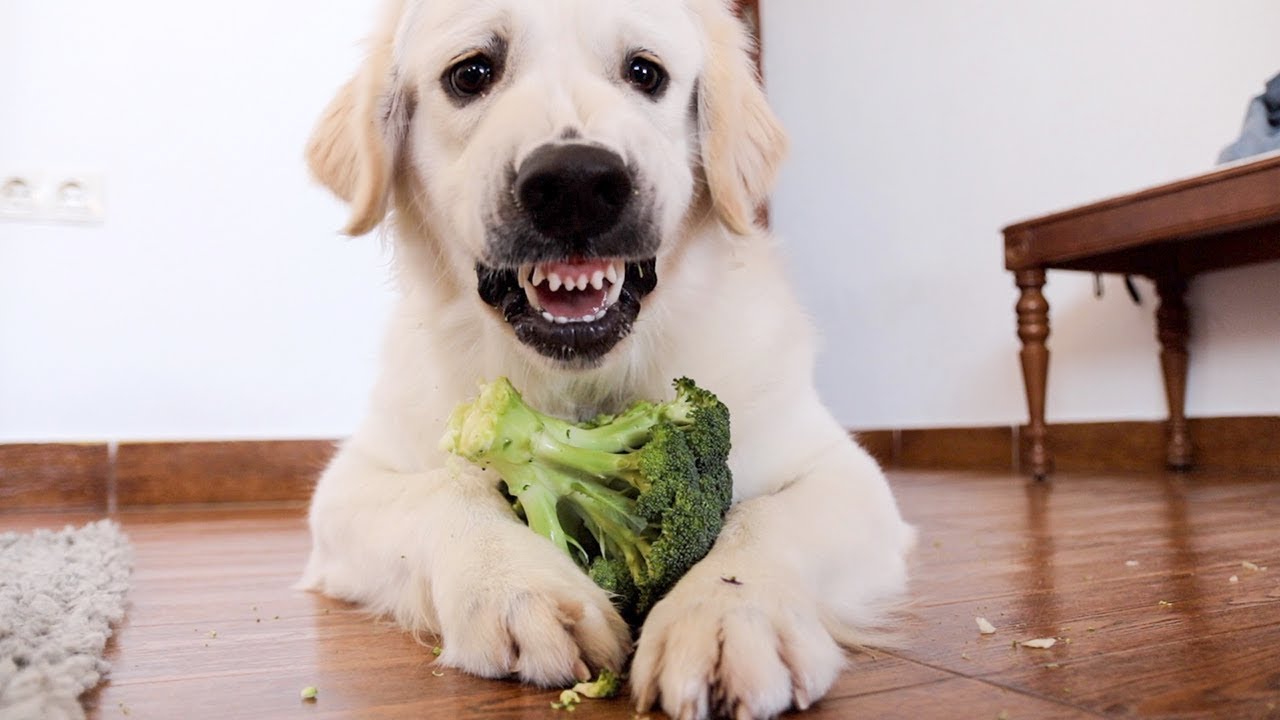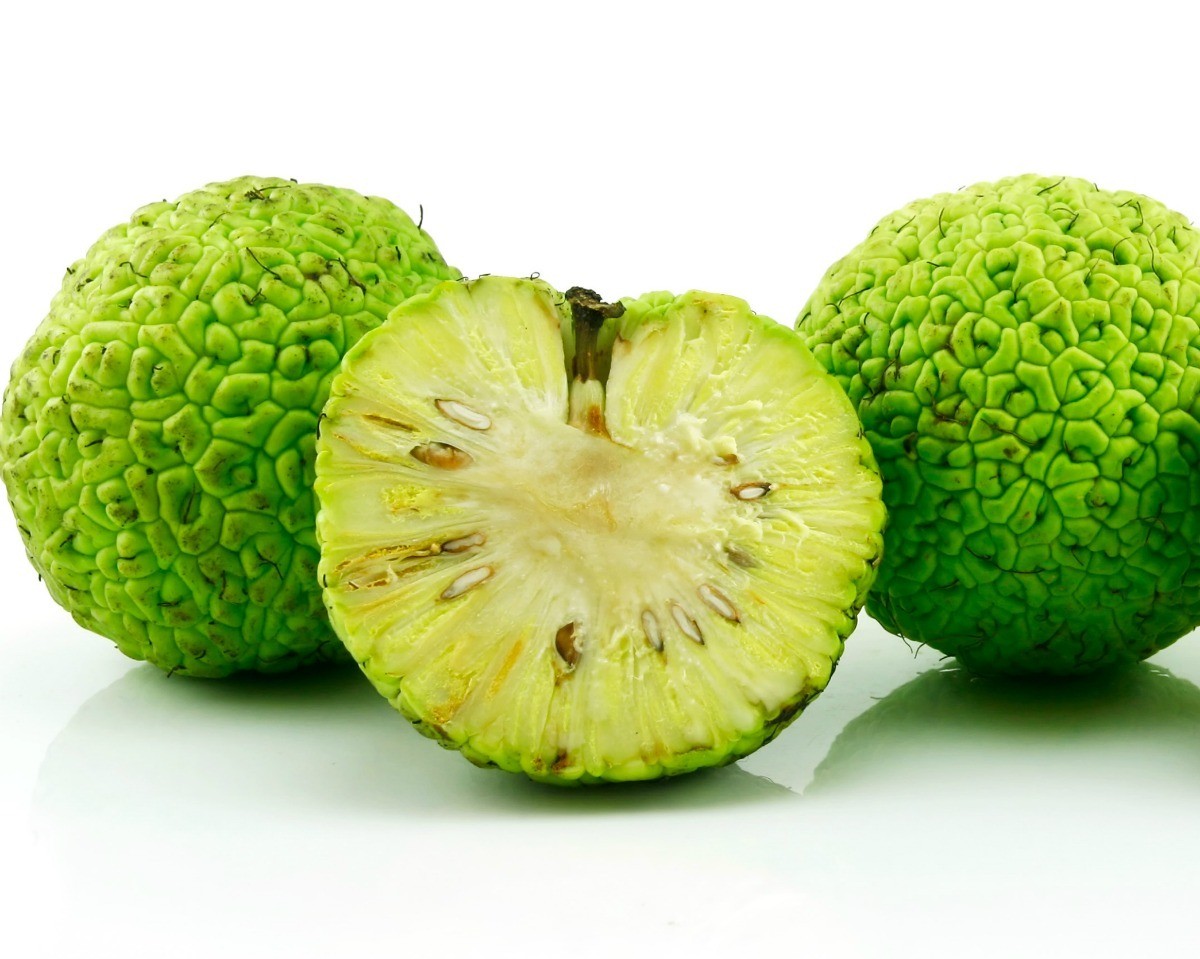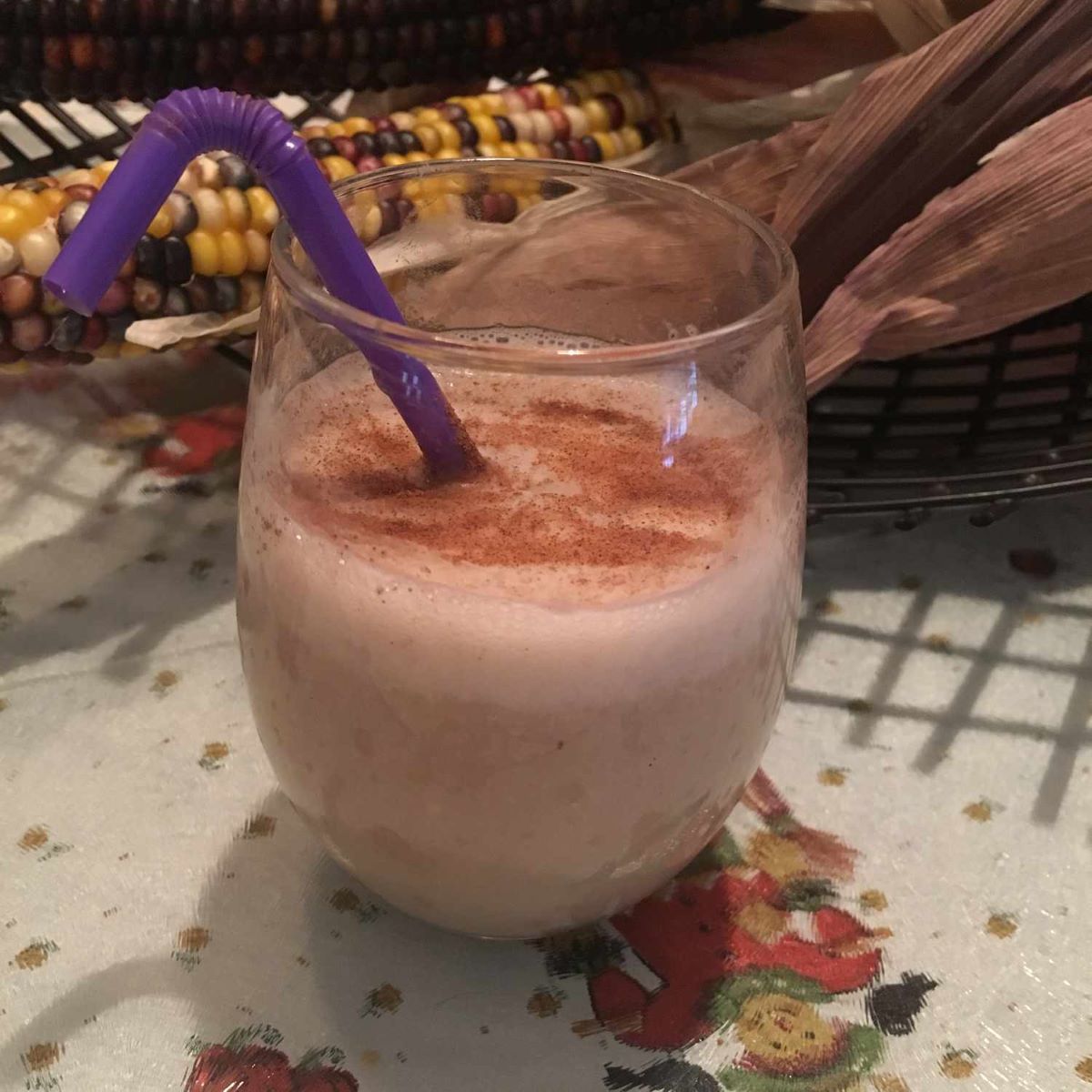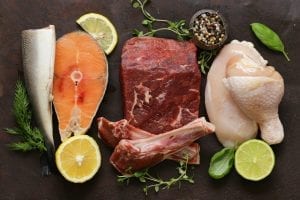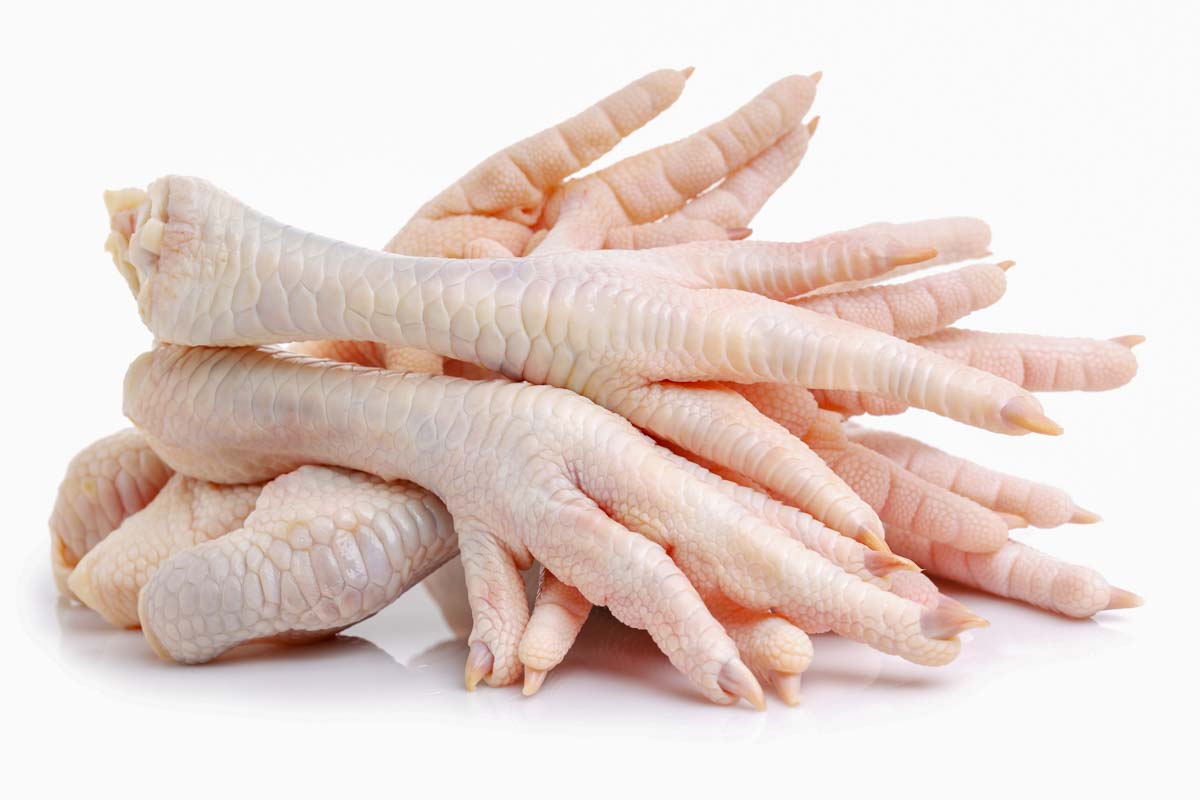How to Eat with a Paralyzed Larynx: Tips and Tricks
Dealing with a paralyzed larynx can present challenges when it comes to eating, but with some adjustments and the right techniques, it is possible to enjoy meals and maintain proper nutrition. Here are some tips and tricks for individuals with a paralyzed larynx:
1. Modify Food Texture
When dealing with a paralyzed larynx, it’s important to modify the texture of the food to make it easier to swallow. Consider the following options:
- Choose soft or pureed foods that require minimal chewing.
- Opt for smoothies or shakes that can be easily consumed through a straw.
- Use thickening agents to modify the consistency of liquids, making them easier to swallow.
2. Take Small Bites and Chew Thoroughly
Eating with a paralyzed larynx requires patience and mindfulness. When consuming solid foods, remember to:
- Take small bites to prevent choking or aspiration.
- Chew food thoroughly to aid in the swallowing process.
- Stay hydrated while eating to help food go down more easily.
3. Sit Upright During Meals
Maintaining proper posture while eating can make a significant difference for individuals with a paralyzed larynx. Here’s why it’s important:
- Sitting upright can help prevent food from entering the airway.
- Use a supportive chair and sit at a 90-degree angle to promote safe swallowing.
- Avoid lying down while eating to reduce the risk of aspiration.
4. Seek Speech Therapy
Speech therapy can be incredibly beneficial for individuals with a paralyzed larynx. Consider the following:
- Work with a speech therapist to learn swallowing techniques and exercises.
- Practice specific swallowing maneuvers recommended by a professional.
- Explore alternative communication methods if vocalization is impacted.
5. Consider Feeding Tubes
In some cases, individuals with a paralyzed larynx may benefit from the use of feeding tubes. Here’s what to keep in mind:
- Consult with a healthcare provider to discuss the potential need for a feeding tube.
- Understand the benefits and considerations of tube feeding for maintaining proper nutrition.
- Follow medical guidance for the proper use and care of feeding tubes if recommended.
6. Stay Mindful of Food Choices
When dealing with a paralyzed larynx, it’s important to be mindful of the types of foods consumed. Consider the following:
- Avoid foods that are difficult to swallow or pose a choking hazard.
- Opt for nutrient-dense options to support overall health and well-being.
- Work with a dietitian to create a meal plan tailored to individual needs and restrictions.
7. Practice Safe Eating Habits
Finally, maintaining safe eating habits is crucial for individuals with a paralyzed larynx. Here are some additional tips:
- Avoid rushing through meals and take the time to eat slowly and deliberately.
- Be mindful of potential choking hazards and take precautions to minimize risks.
- Seek immediate medical attention if any signs of aspiration or difficulty swallowing arise.
While dealing with a paralyzed larynx can present unique challenges, it’s important to remember that with the right strategies and support, individuals can continue to enjoy meals and maintain proper nutrition. By making thoughtful adjustments and seeking professional guidance, it is possible to navigate the complexities of eating with a paralyzed larynx.

